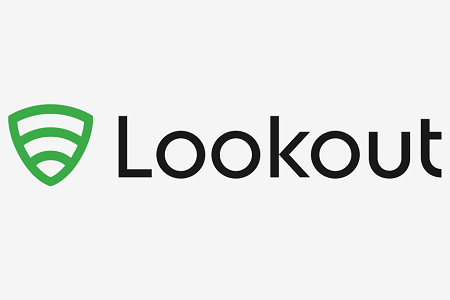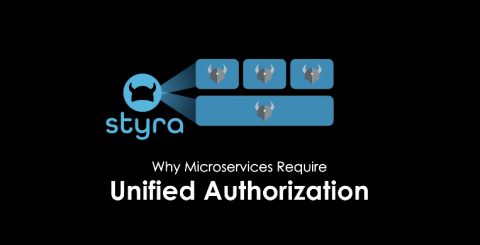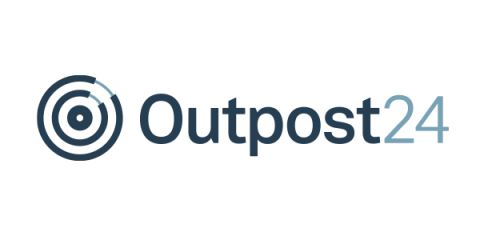PCI DSS logging requirements explained
As a consumer, I feel more confident about using my credit card online and in brick-and-mortar stores when I know retailers are being careful about PCI DSS compliance. Breached financial credentials can wreak havoc not only on the lives of consumers, but also on the well-being of merchant businesses. I think the PCI DSS is an excellent example of how security standards can be improved when organizations cooperate and collaborate.








